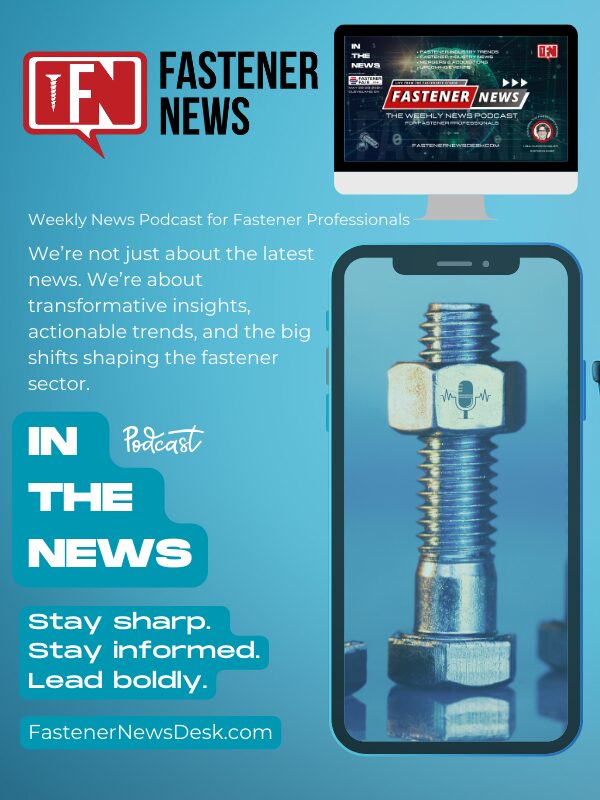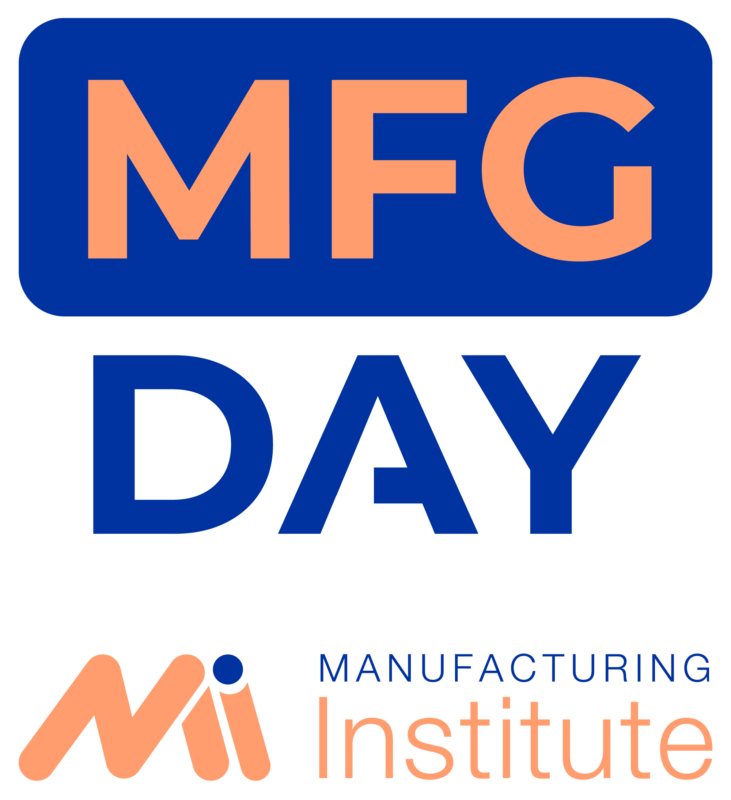Every December, pilgrims from all over the world descend on the southern Italian seaport city of Bari to celebrate Saint Nicholas and visit the Basilica di San Nicola. The church is the final resting place of the famous saint known by millions of children for, among other things, his magical workshop staffed with elves who can make pretty much anything.
But you don’t need to trade balmy Bari for the chilly North Pole to see production versatility in action. GE engineers in Bari are using 3D printing to obtain similar results. “Using reverse engineering and 3D printing, a customer can give us any metal part, and we can produce a new, similar part so that it does exactly the same job as the original component, if not better,” says Michele Vurro, service applications engineering manager at GE Oil & Gas.
Vurro says the team in Bari is leveraging techniques refined at GE Oil & Gas’ 3D printing facilities in Florence and Talamona, Italy. These plants specialize in making complex parts like fuel nozzles for gas turbines. In Bari, GE is now making 3D-printed centrifugal pump impellers — devices that look like spinning windmill vanes inside a metal casing. Impellers are the core of centrifugal pumps, which are used to lift oil out of wells during extraction, move oil in pipelines and move fluids around refinery and production plants. Their constant operation causes the impellers to eventually degenerate. They typically need to be replaced every three to 10 years, depending on service and material.

Above: The DMLM 3D printer fuses layers of fine metal powder with a powerful laser to produce an impeller. Each layer is between 20 and 80 microns thick — thinner than a human hair. Image credit: GE Oil & Gas. Top Image: The Basilica di San Nicola in Bari. Image credit: Getty Images.
For that reason, and even though impellers are expensive, oil and gas companies need to keep them in stock — or carefully evaluate the risk of not having them in stock — because if an impeller fails and a replacement isn’t readily available, production may stop. To make matters more difficult, many pump manufacturers are out of business, which makes it difficult to source replacement parts.
But additive manufacturing can solve some of these problems. To build replacement parts, technicians first laser scan every part of the impeller to build a 3D model, which can be used later as a digital stock model to build new 3D-printed parts.
Next, when a replacement is needed, a high-end 3D printer called a Direct Metal Laser Melting (DMLM) machine builds the new part in as little as 10 days. This is huge, considering it can take up to three months to make a new impeller using traditional casting techniques. The DMLM machines fuse layers of fine metal powder with a powerful laser. Each layer is between 20 and 80 microns thick — thinner than a human hair. A single inch of printed material can contain up to 6,250 layers of Inconel, a superalloy that is highly resistant to corrosion, cracking and other damage from tough conditions (other materials will be introduced soon). Finally, the parts are finished and dispatched for assembly on-site.
French oil and gas company Total will put the first 3D-printed impeller into operation this summer at one of its refineries. GE offers to keep a digital library of impellers for its customers and print upon request only a few days from when the part is needed.
GE Oil & Gas is not the only GE business focusing on 3D printing in Bari. GE Aviation opened a research facility at the Polytechnic of Bari last fall. Engineers there are experimenting with additive methods including laser deposition and the futuristic cold spray to repair jet engine parts.
Hey, Santa, maybe something to consider for the elves’ stockings next Christmas?
3D Printing / Additive Manufacturing, The Fastener Museum





![IoT Protocols [List] Behind the Next Technological Revolution](https://www.fastenernewsdesk.com/wp-content/uploads/2016/09/IoT-protocols-List-behind-the-next-technological-revolution-950x640-1-440x264.jpg)










